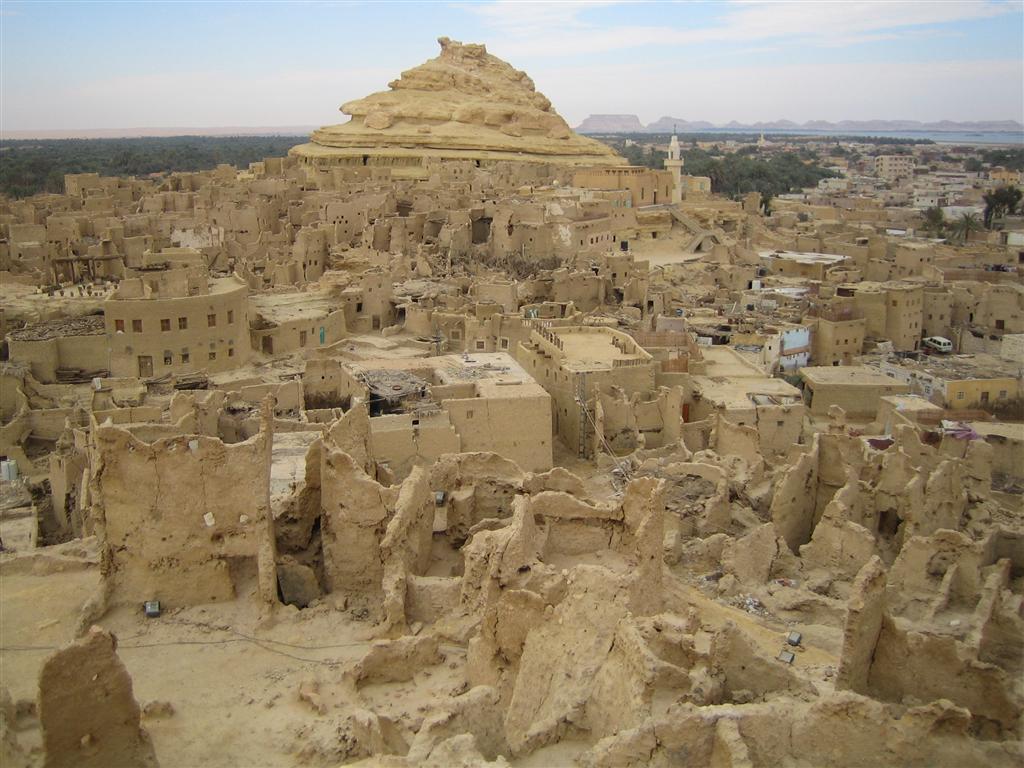|
Other Archaeological Sites / The Neolithic of the Levant (500 Page Book Online) Ancient Siwa Oasis (Arabic Santariya) [Egyptian Santar]
It was occupied as early as Paleolithic and Neolithic times. It was first mentioned more than 2500 years ago in the records of the Pharaohs during the Twenty-Sixth Dynasty (663-525 BC). In 450 BC Siwa appeared in Herodotus history of the Persian invasion of Egypt. After conquering the Nile Valley in 525 BC the Persian King Cambyses dispatched his troops to destroy the Siwan Oracle for it dared to predict his death during his campaign. The entire army, Herodotus reports, was lost in a sandstorm on its way to the oasis. In 331 BC Alexander the Great came to Siwa to consult the diviners of the Oracle. The priests there prophetically told him that he would conquer the world. The Siwan people are mostly Berbers, the true Western Desert indigenous people who once roamed the North African coast between Tunisia and Morocco. They inhabited the area as early as 10000 BC first moving towards the coast but later inland as other conquering invaders arrived. Hence Siwa is more North African than Egyptian. |

